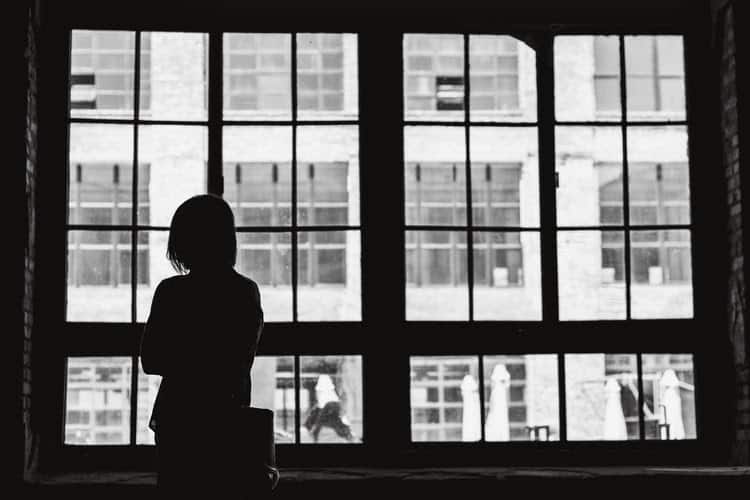COVID-19 is wreaking havoc around the world, causing many governments to declare national emergencies. This has led to enforced lockdowns and social distancing procedures. The WHO has even stated that the single most effective method to ensure our healthcare systems aren’t overwhelmed is by citizens adopting social distancing measures.
In this piece, we’ll go over what is social distancing and the many rules surrounding it. After you read through it, check out VP Legacies’ course on building a stronger relationship with yourself. This course will help you appreciate this time you have to spend with yourself and help you discover things about yourself you may not have known.
Social Distancing – What Are the Rules?
Social distancing in a nutshell is about avoiding interaction with other people around you. It’s a set of measures one can take to ensure they avoid situations where they may contract COVID-19 or spread it to others. This is because COVID-19 has a reproductive factor of 3.3, meaning that for every individual that’s a carrier, they will spread it to three others they come into contact with – making it a highly contagious viral infection.
In short, the rules are simple. Stay at home as much as possible, limit being in any crowds or interacting with other individuals. When outside, maintain at least six feet of distance from others to limit accidental spread or contraction of the virus.
Related: Working From Home: Tips to Stay Engaged and Connected
When Can I Go Outside?
Going outside is discouraged, but if one must go outside then there are a few tips to keep in mind. First, try to venture outside when commute times and foot traffic is less busy. This means aiming to visit the grocery store or postal office in off-peak hours such as between 10am to 12pm or 2pm to 4pm.
Similarly, when outside, try to commute via the least public means possible. Drive to places instead of taking any public transit to minimize your exposure to other people. When you do have to go outside, try to maintain at least six feet in social distance between others, whether that’s while waiting in line at the store or walking along the street.
The intention is to try and limit when you need to go outside, so only venture out for essential activities such as medical appointments, to grab groceries, or for work. But if in any of these cases there is a way to carry out the activities while at home, such as working remotely or having groceries delivered to your house, then this option should be considered.
The hardest part for some people is not being able to see their friends or family. You should be avoiding social gatherings as often as you can, even if it’s just three people hanging out to play games over a friend’s house. It’s recommended that you only interact with people you currently live with. This makes video calls and daily check-ins more important than ever to maintain a close connection with your loved ones.
When Do I Need to Stay Inside?
Staying inside should be the default and is an absolute requirement if you’re asked to self-quarantine or self-isolate. Self-quarantine is when someone is suspected of contracting COVID-19 and needs to remain isolated for 14 days in case they may have the virus. An example of this is if one has been traveling recently abroad and just returned home.
Self-isolation is when you have contracted COVID-19 and are required to isolate until symptoms subside and they are tested negative, or symptoms worsen and they must seek medical attention. In other situations, the directive is to stay at home and only go out for absolutely essential activities.

How Do I Avoid Feeling Lonely?
While practicing social distancing, you may naturally feel isolated and alone given the lack of social connection. Here are some ways to avoid feeling lonely and some practices to avoid.
Do:
- Continue to have face-to-face conversations with friends and family by utilizing video audio conferencing tools. Be the one to initiate and set such calls or meetings up for everyone to participate in.
- Adopt a foster pet to provide some companionship while alone. There are many shelters that have also eased the adoption or fostering process so that one can carry out most of the steps for approval online.
- Engage in your personal passion projects with the newfound free time that you have. Carry out comforting activities such as cooking food at home, watching one’s favorite TV shows, and taking a bath.
- Have a positive attitude and a sense of humor. Look forward to the day when things will go back to normal and realize that what’s happening now isn’t permanent.
- Stay active and workout at home. Exercise at least three times a week for 30 minutes at home by doing sit-ups, push-ups, and squats. Pair this with meditation sessions and it’ll help boost one’s mental wellbeing.
Related: Social Distancing: Today’s Pandemic and Loneliness Epidemic

Don’t:
- Organize in-person meetings with your friends or family, even if they’re in the same building.
- Head outside to have dinner at any open restaurants or food courts to feel a sense of social interaction.
- Use the situation of working from home and social distancing to disengage from your friends and family during this stressful and anxious time.
- Take drugs or alcohol due to the lack of things to do and people to interact with
- Stop exercising or eating by slipping into loneliness or depression. No access to the gym should not mean your healthy habits should fall to the side. You’re allowed a break during a traumatic experience such as this pandemic, but don’t forget to take care of yourself and do what makes you happy.
Dealing with Social Distancing During the Pandemic
Social distancing is important in fighting against the COVID-19 pandemic. Unfortunately, it is a drastic change in life for many of us. Friends and family are separated, and feeling alone can add to the anxiety and fear the pandemic gives all of us already. Just remember to maintain as much of your normal life as possible while social distancing by using digital tools to move social interactions online.
Even though webcams, Netflix parties, and other technology has made it easier to feel connected to our friends and family from afar, it’s still hard not to feel alone while practicing social distancing. If you want to build a stronger relationship during the pandemic, sign up for VP Legacies’ sign up for Personal Connection 101 course today. You’ll feel closer to your friends, family, and co-workers than ever before.

